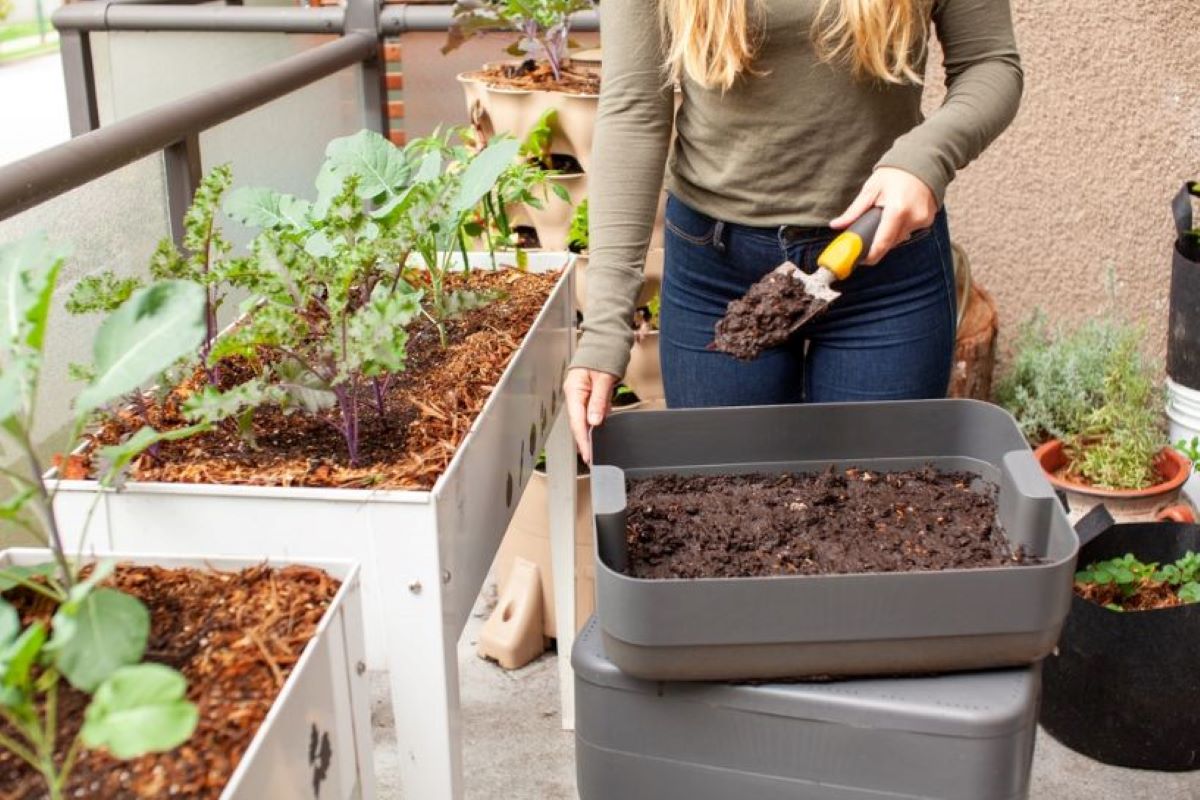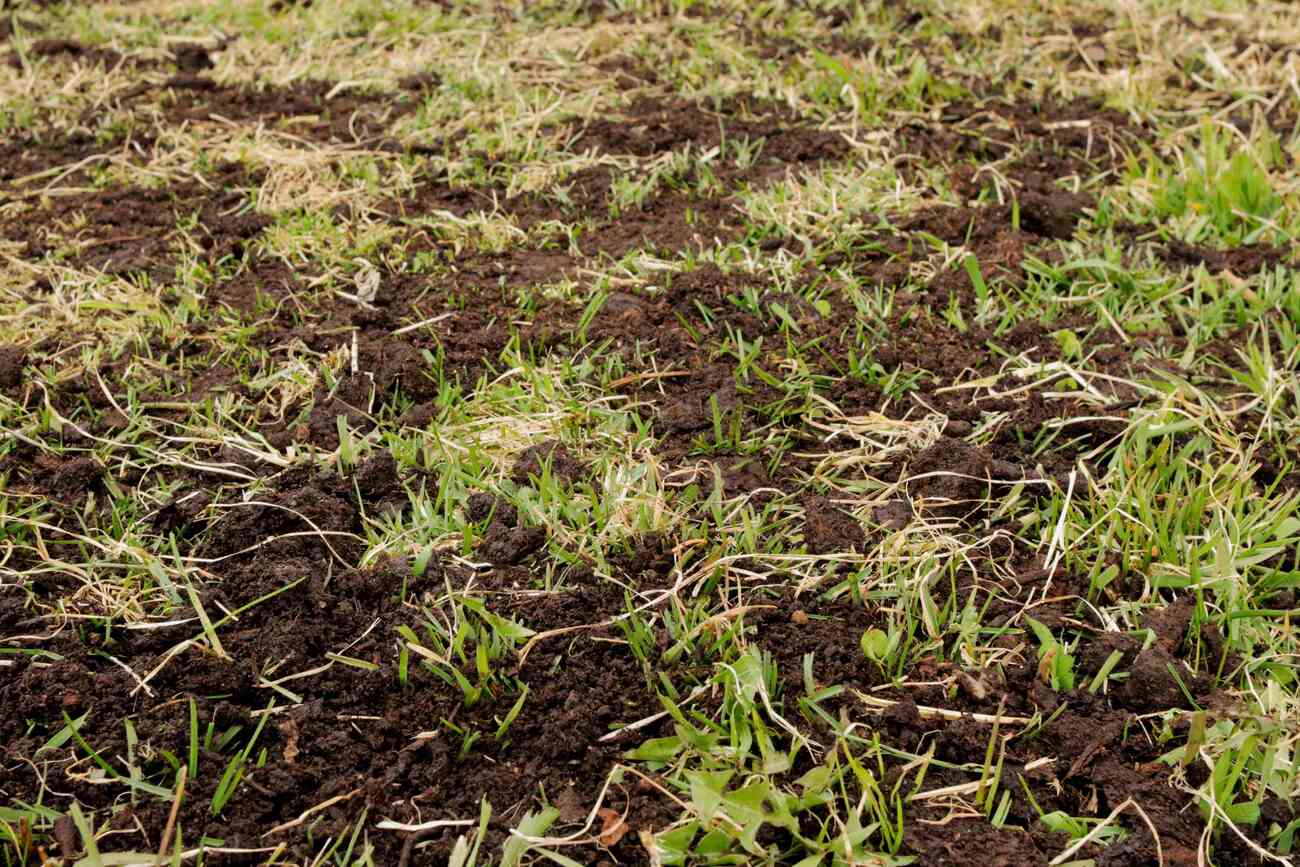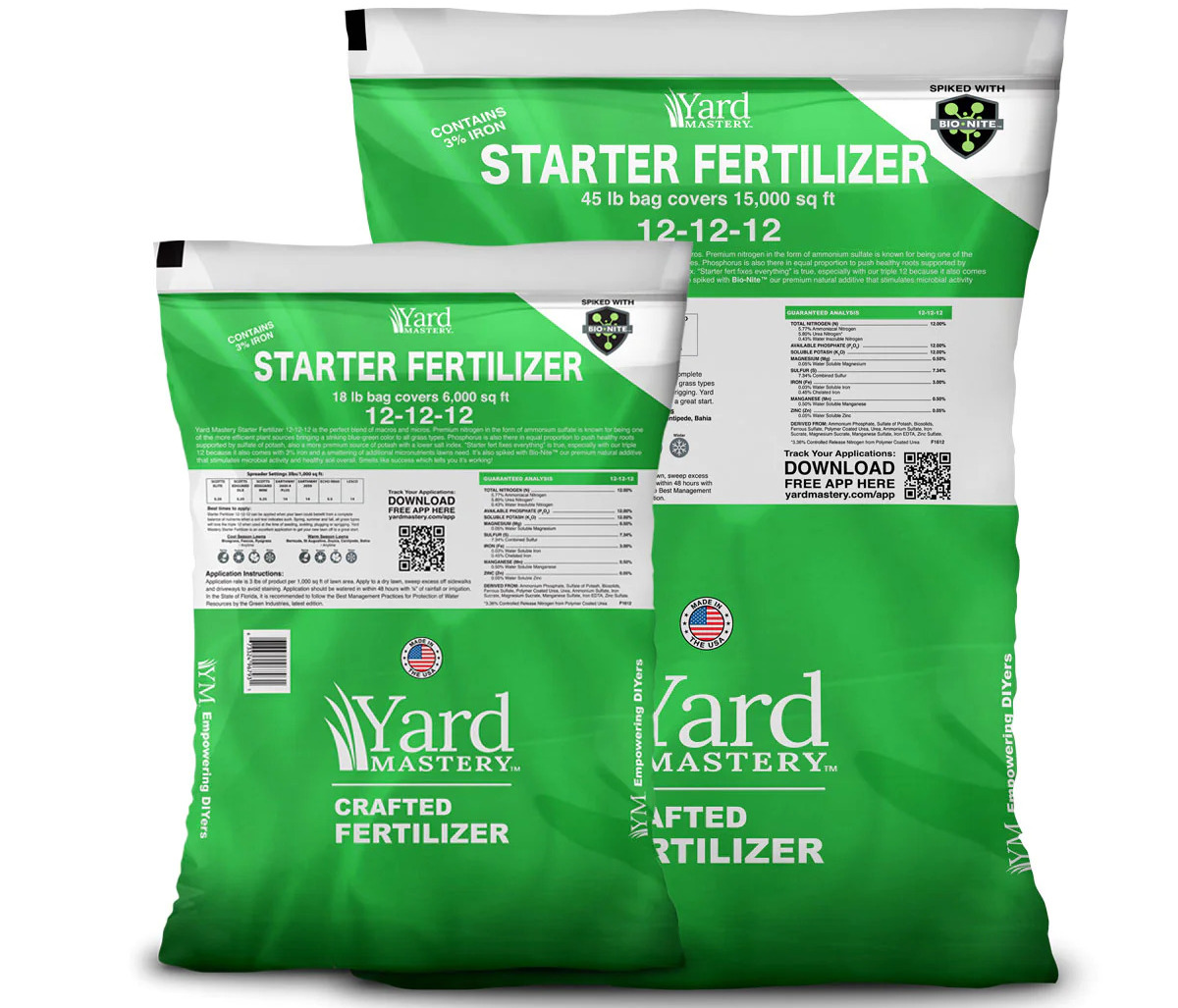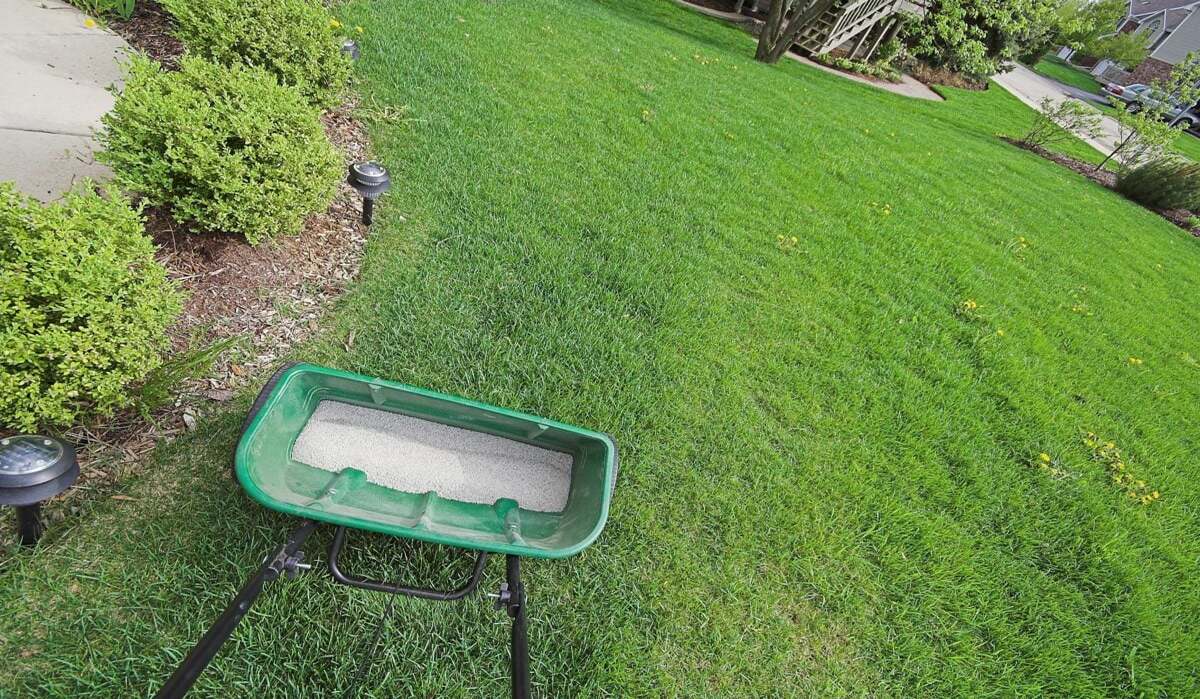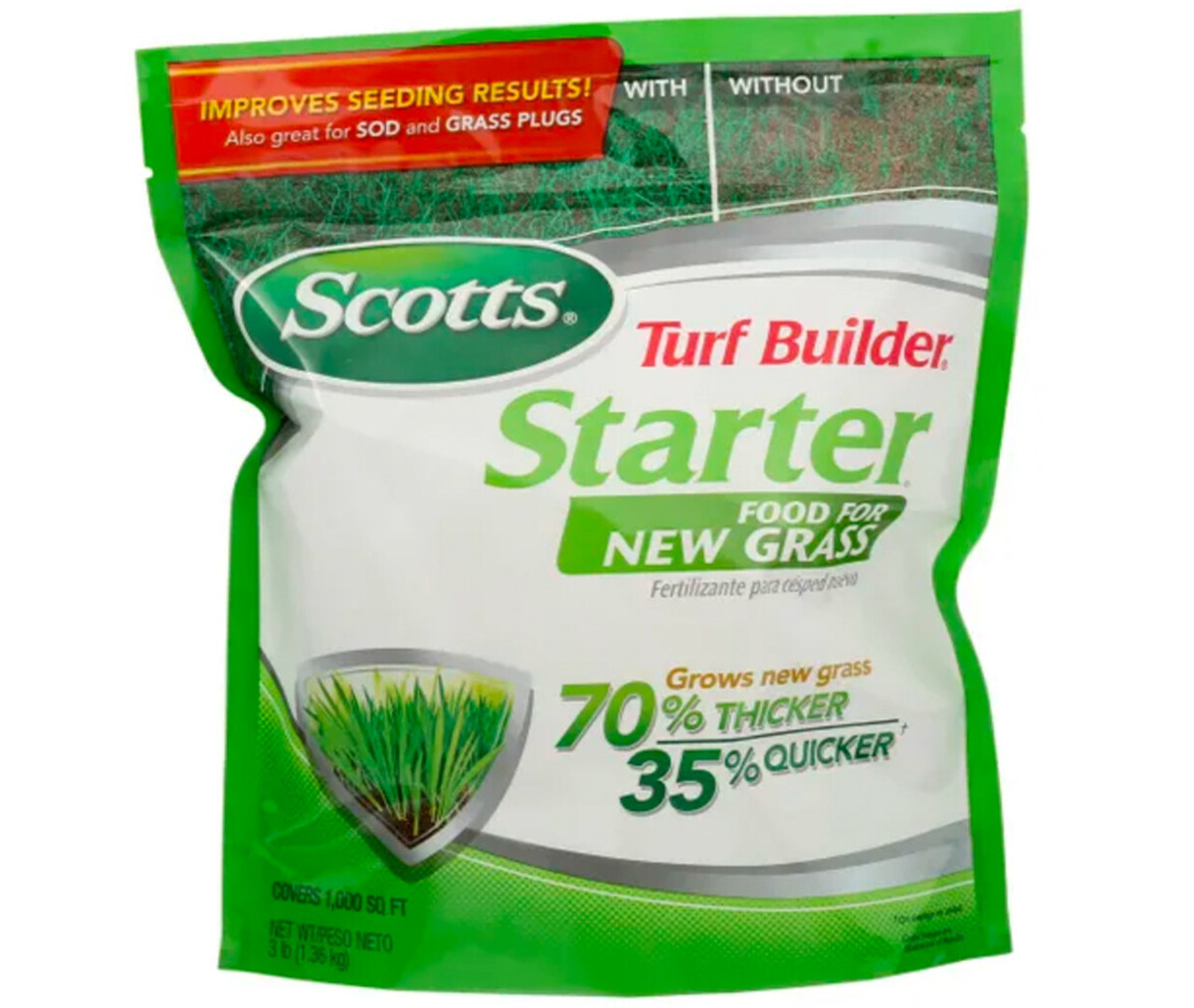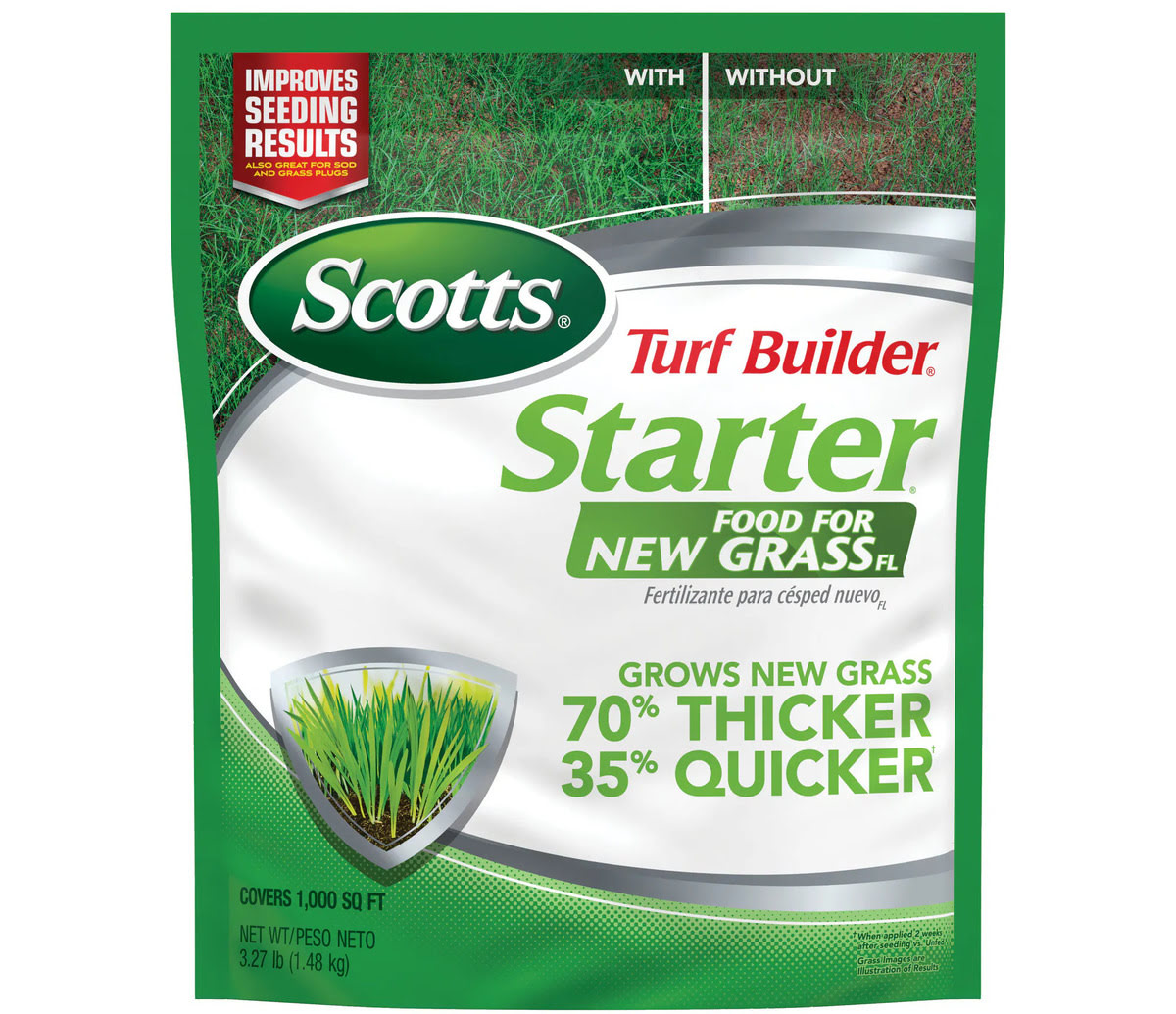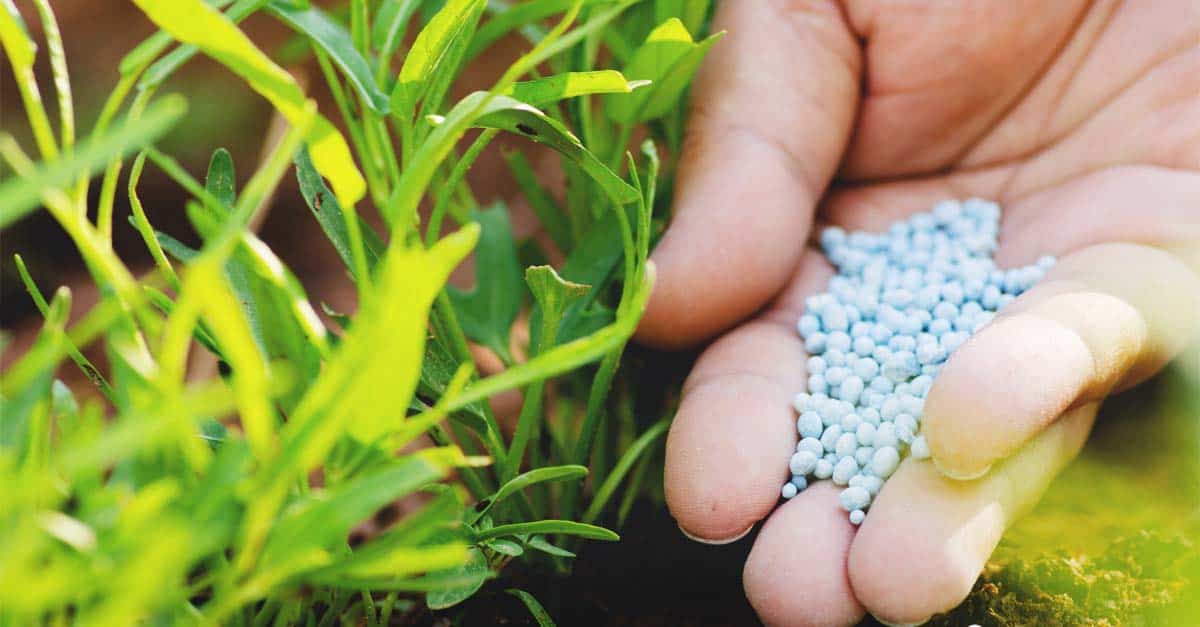Home>Gardening News and Trends>When To Apply Starter Fertilizer When Overseeding


Gardening News and Trends
When To Apply Starter Fertilizer When Overseeding
Modified: January 22, 2024
Looking for the latest news on when to apply starter fertilizer when overseeding? Get expert advice and tips to ensure successful lawn renovation.
(Many of the links in this article redirect to a specific reviewed product. Your purchase of these products through affiliate links helps to generate commission for Chicagolandgardening.com, at no extra cost. Learn more)
Table of Contents
Introduction
When it comes to maintaining a lush and healthy lawn, overseeding is a popular practice among homeowners and landscapers. Overseeding involves planting new grass seeds into an existing lawn to fill in bare spots, improve density, and enhance the overall appearance of the turf. While overseeding alone can yield satisfactory results, incorporating starter fertilizer into the process can take your lawn to the next level.
Starter fertilizer is a specialized blend that contains higher amounts of phosphorus, along with nitrogen and potassium. Phosphorus is essential for promoting strong root development, while nitrogen and potassium contribute to overall growth and health. When applied during overseeding, starter fertilizer provides the newly planted grass seeds with the nutrients they need to establish themselves quickly and effectively.
Using starter fertilizer has several benefits that make it worth considering when overseeding your lawn. First and foremost, it promotes faster seed germination and establishment. The high levels of phosphorus present in starter fertilizer help the developing seeds to develop robust root systems, allowing them to anchor securely into the soil and access the necessary nutrients. This leads to quicker and more uniform growth, resulting in a thicker and healthier turf.
In addition to enhancing seed establishment, starter fertilizer also provides ongoing nourishment to the existing grass, ensuring that it remains healthy and vibrant. By replenishing essential nutrients in the soil, it helps to improve the overall quality of the lawn. This can be particularly beneficial if your existing grass is thin, weak, or lacking in color, as the additional nutrients will help it recover and thrive. A healthier lawn is also better equipped to resist weeds, diseases, and environmental stressors.
When considering whether to apply starter fertilizer during overseeding, there are a few factors to take into account. One of the key considerations is the condition of your existing lawn. If your turf is already thick and healthy, it may not require the extra boost of nutrients that starter fertilizer provides. In such cases, overseeding alone may suffice. However, if you have bare patches, thin areas, or a generally lackluster lawn, using starter fertilizer can greatly improve the results of your overseeding efforts.
What is Overseeding?
Overseeding is a lawn care technique that involves planting new grass seeds into an existing lawn. Over time, lawns can develop bare spots, thin patches, or become dominated by undesirable grass types or weeds. This can be due to factors such as heavy foot traffic, diseases, pest damage, or extreme weather conditions. Overseeding addresses these issues by introducing new grass seeds to fill in those bare or thin areas, resulting in a thicker and healthier lawn.
The process of overseeding starts with preparing the existing lawn. This typically involves mowing the grass to a shorter height and removing any debris or thatch that may hinder seed-to-soil contact. Aeration may also be performed to improve soil compaction and allow for better seed penetration. Once the lawn is prepared, the grass seeds are spread evenly across the entire area using a seed spreader or broadcast spreader.
Choosing the right type of grass seed for overseeding is crucial to achieve the desired results. Factors such as climate, soil type, and sun exposure should be considered when selecting the seed variety. It is recommended to choose a seed blend that matches or complements the existing grass in your lawn to ensure a cohesive and uniform appearance.
After spreading the grass seeds, it is important to promote proper seed germination and establishment. This can be done through proper watering and maintenance. Keeping the soil moist but not over-saturated will help the seeds to sprout and develop roots. It is advisable to water the lawn regularly, usually twice a day, in the early morning and late afternoon. Additionally, it is crucial to minimize foot traffic on the seeded areas to prevent damage to the developing seedlings.
Over time, the newly overseeded grass will start to grow and fill in the bare or thin spots, creating a denser and more beautiful lawn. With proper care and maintenance, including regular mowing, fertilization, and weed control, the overseeded areas will blend seamlessly with the existing grass, resulting in a uniform and healthy turf.
Benefits of Using Starter Fertilizer
When it comes to overseeding your lawn, using starter fertilizer can provide several notable benefits. Let’s take a closer look at why incorporating this specialized fertilizer can significantly enhance the results of your overseeding efforts.
Promotes faster and more robust seed germination: Starter fertilizer contains higher levels of phosphorus, which is essential for root development. By providing the newly planted grass seeds with the necessary nutrients, the fertilizer enables quicker and more uniform germination. This leads to stronger, healthier seedlings with well-established root systems.
Improves overall grass growth and health: In addition to aiding seed germination, starter fertilizer also nourishes the existing grass in your lawn. The blend of nitrogen and potassium in the fertilizer helps to promote lush, green growth and ensures that your turf remains healthy and vibrant. It replenishes essential nutrients in the soil, leading to improved overall quality and resilience of the grass.
Enhances lawn density and appearance: Using starter fertilizer during overseeding helps to fill in bare or thin spots in your lawn, resulting in a more dense and visually appealing turf. The combination of well-established seedlings, robust root development, and ongoing nutrient supply creates a lush, uniform carpet of grass that will make your lawn the envy of the neighborhood.
Strengthens the ability to resist weeds and diseases: A healthy and dense lawn is better equipped to combat weed infestations and fend off diseases. By ensuring optimal nutrition for your grass, starter fertilizer enhances its ability to compete with weeds and naturally defend against common lawn diseases. This reduces the need for excessive herbicide or pesticide applications, making it an environmentally friendly approach to lawn care.
Optimizes your investment in overseeding: Applying starter fertilizer can maximize the effectiveness of your overseeding efforts. By providing the right nutrients at the right time, you optimize the chances of successful seed germination and establishment. This means you’ll get the most out of the new grass seeds you’ve invested in, resulting in a more vibrant and resilient lawn.
Overall, using starter fertilizer when overseeding your lawn can significantly enhance the results and ensure the long-term health and beauty of your turf. It promotes faster seed germination, improves overall grass growth and density, strengthens the lawn’s ability to resist weeds and diseases, and optimizes your investment in overseeding. Taking these factors into consideration, it’s clear that incorporating starter fertilizer into your overseeding routine is a wise choice for lawn enthusiasts.
Factors to Consider
Before applying starter fertilizer during overseeding, it’s important to consider a few factors to ensure optimal results. These factors will help you determine whether the use of starter fertilizer is necessary for your specific lawn care needs:
- Existing lawn condition: Evaluate the overall health and density of your existing grass. If you have a thick and healthy turf without any bare or thin spots, the additional nutrients provided by starter fertilizer may not be necessary. However, if your lawn has noticeable patches or weak areas, using starter fertilizer can greatly benefit the establishment of new grass and improve the overall lawn quality.
- Soil composition: Consider the type and quality of your soil. If your soil lacks essential nutrients or has a history of nutrient depletion, starter fertilizer can help replenish and fortify the soil, creating a nutrient-rich environment for the new grass seeds to thrive.
- Seed variety: Different grass seed varieties have varying nutrient requirements. It is essential to choose a starter fertilizer that matches the nutritional needs of the specific grass type you are overseeding with. This ensures that the fertilizer provides the right balance of nutrients to support healthy growth and development.
- Timing: The timing of overseeding and fertilizer application is crucial. It is generally recommended to apply starter fertilizer at the same time or immediately after overseeding. This ensures that the seeds have access to the necessary nutrients from the beginning stages of germination. Timing may also depend on factors such as climate and regional growing seasons.
- Maintenance capabilities: Consider your ability to provide appropriate care and maintenance for the newly overseeded lawn. Starter fertilizer boosts the growth and density of the grass, which may require more frequent mowing, watering, and overall maintenance. Ensure you can commit to the necessary care to support the growth and establishment of the overseeded grass.
By taking these factors into account, you can make an informed decision about whether to apply starter fertilizer during overseeding. It is essential to assess the specific needs of your lawn, considering the existing condition, soil composition, seed variety, timing, and maintenance capabilities. Taking a holistic approach will ensure that you achieve the best results and set your lawn up for long-term success.
When to Apply Starter Fertilizer
The timing of applying starter fertilizer during overseeding is critical to achieve optimal results. It is important to consider the growth cycle of the grass and the regional climate to determine the most suitable time for fertilizer application. Here are some guidelines to help you determine when to apply starter fertilizer:
- Early fall: The early fall season is generally considered the best time to overseed and apply starter fertilizer. The soil is still warm, providing favorable conditions for seed germination and establishment. Additionally, cooler temperatures and more consistent moisture levels create an ideal environment for the new grass seeds to thrive. Applying the starter fertilizer during this period ensures that the developing seedlings receive the necessary nutrients for healthy growth before the onset of winter.
- Spring: In regions with milder climates or where fall overseeding is not feasible, spring can be a suitable time to apply starter fertilizer. However, it is important to note that spring overseeding may require more frequent watering and maintenance due to potentially drier and warmer conditions. It is recommended to apply the fertilizer early in the spring, giving the grass seeds ample time to establish before the onset of summer heat.
- Avoid summer: It is generally not recommended to apply starter fertilizer in the summer months. High temperatures and potential drought conditions can hinder seed germination and put stress on the newly established grass. If overseeding is necessary during the summer, it is best to focus on proper irrigation and maintenance rather than relying on starter fertilizer.
While the recommended timeframes mentioned above are generally applicable, it is crucial to consider local conditions and consult with local lawn care professionals or extension offices to determine the best timing for overseeding and fertilizer application in your specific region.
Remember, applying starter fertilizer too early or too late in the season may not yield the desired results. It is important to strike a balance between providing the necessary nutrients for seed establishment and avoiding adverse environmental conditions that can inhibit growth.
By aligning the application of starter fertilizer with the appropriate season and monitoring soil and weather conditions, you can ensure that your lawn receives the optimal nutrients at the right time, leading to successful overseeding and the growth of a healthy and vibrant turf.
Conclusion
Overseeding your lawn can significantly improve its appearance and health, and using starter fertilizer can enhance the results even further. Applying starter fertilizer during overseeding provides essential nutrients that promote faster seed germination, improve overall grass growth, and enhance the density and appearance of your turf. Additionally, starter fertilizer strengthens your lawn’s ability to resist weeds and diseases, optimizing your investment in overseeding.
When deciding whether to use starter fertilizer, carefully evaluate the condition of your existing lawn, consider the soil composition, select the appropriate seed variety, and ensure that you can provide the necessary care and maintenance. Timing is crucial, and early fall is generally the best time to apply starter fertilizer, with spring as a viable alternative in some regions. It is important to avoid applying fertilizer during the summer when high temperatures can stress the grass.
By incorporating starter fertilizer into your overseeding routine, you can create a lush and vibrant lawn that will be the envy of the neighborhood. The combination of well-established seedlings, robust root development, and ongoing nutrient supply will ensure a denser and healthier turf that can withstand the challenges of foot traffic, pests, and environmental stressors.
Remember to consult with local experts or extension offices for specific guidance based on your region’s climate and soil conditions. With proper planning, timing, and care, your overseeded lawn will thrive, providing you with a beautiful and welcoming outdoor space for years to come.
